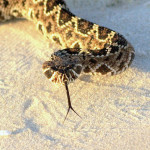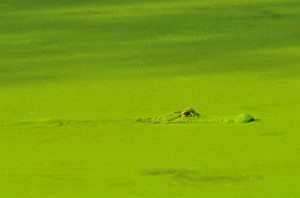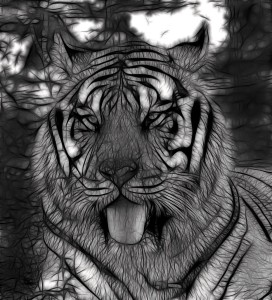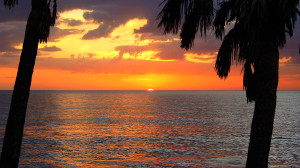I thought it was about time for an article on the art of taking photographs. I really prefer the outdoors and wildlife photography. This article will focus on a couple of techniques about taking photographs outdoors in the “wild”.
I personally like studying a place or animal I am going to shoot if I can. I am a reaction shooter so I do like the quick point and shoot style. The two might sound a little bit opposite of each other but they are not.
When I first came to Florida years ago I decided I wanted some close up shots of alligators and not in a zoo or enclosed area but free and wild. I studied up to see how they react, what are their normal reactions to things are and to see what signs they use to tell us things. I learned very quickly that they are not a real aggressive creature. They are very curious and will allow you to photograph them within certain limits. Here are some don’ts. Do not approach them head on, bad mistake, it is like a challenge to them and they can move pretty quickly forward. If you are going to do this keep your distance and use a telephoto lens If they are in the water or their tail is in the water understand that they can litterly propel themselves out of the water with the tail with great velocity. They can flip their tails and head around but have a much harder time turning to the side and moving quickly. I have found in my experience that if you let them know you are there and approach them from an angle you can be save and get good shots. They give very specific signs if you are getting too close. If you get too close they will slide back in the water or disappear under the water. If you approach slowly were they can see you they are much more relaxed. Do not approach them from behind as it makes you seem like to be readying for an attack. If you see an alligator opening and closing it mouth it is not threatening you. It is regulating its body temperature or just yawning. You can get relatively close if you go slow and if you can remember where they were and you might get to know them a little after a few times and they will be more relaxed the more you are around. Remember these are wild animals and even though we are not one of their natural food sources there are exceptions so be very careful. They will not expend energy unnecessarily however they are opportunistic hunters so never take your eyes off the one you are shooting and always keep the eyes in the back of your head open if you know what I mean.
Another technique for shooting wildlife up close is to have them come to you. Most wild animals are on the move most of the time. It does not matter if you are shooting wading birds in Florida or elk in Colorado. I have laughed at the beach and lakes watching people chasing birds to try to get a picture. I use a very simple technique. I use a monopod sometimes to help keep the camera weight off my arms and to keep me from moving the camera too much or too fast as they approach. The only thing that has to be fast is the trigger finger. Take the shots because you never know when they will take off or run away. I watch the birds and animals for a while to see how they use their territory. Wading birds are by far the easiest to get close ups of easily. As they move along the shore line, get back from the shore a good ways and get to the shoreline ahead of the area they are going. Do not crowd the shoreline or beach too much, they need to feel they can walk or run past you. Sit down and relax. Take a couple of sample shots to make sure you get the exposure that you want. Do not move around and when you do move, do it slowly. If you are at a lake and there are trees, use them to get where you are going but if you hide behind them and then come out pointing something at them, they will leave in a hurry. That is what predators do. Let them know you are there. If you shoot the location on a regular basis, they will get so used to you and not fear you. I have had great blue herons walk so close to me that I could reach out and touch them. Takes time and trust building. Fast moves will never be trustworthy. Even the small wading birds will come up. We all know how jerky they move and how fast. If you use this they will come by and many will stop to check you out. Do not move when they do this. That is the time to shoot. If you have your camera on a monopod you can move it side to side without actually moving your arms or head much. It is a simple technique but it works great for all kinds of animals. I would not use it on alligators though; never sit down when they are around.
Give it a try and practice with the techniques and you will get some great shots.




